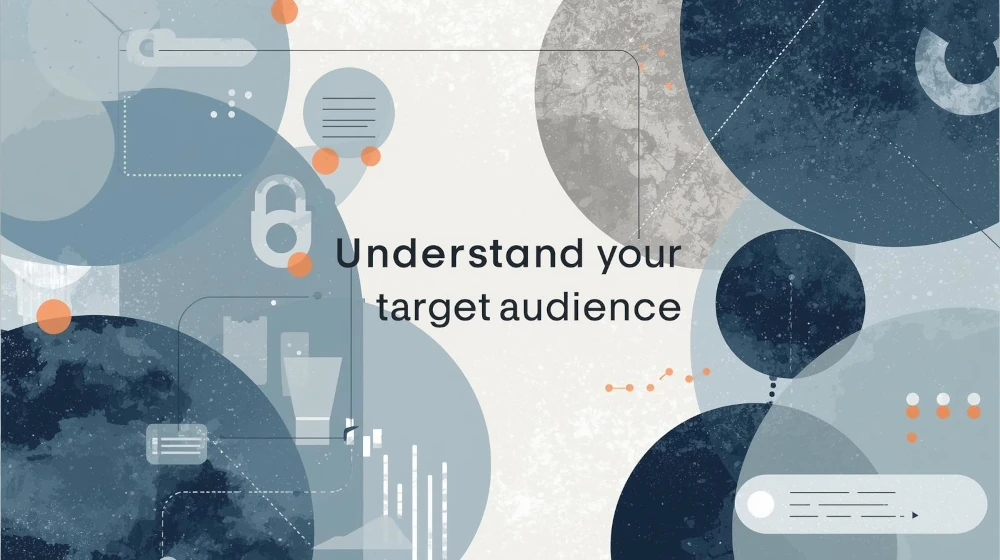Launching a successful retail marketing campaign is more than just attracting shoppers. It’s about sparking interest, bringing people to your store, and engaging them so they make purchases and stay loyal. Though it may seem complicated, breaking it down into key parts can help you create a plan that resonates with your target audience and makes your store stand out.

If you plan to launch a marketing campaign for your shop, here are some important steps and strategies to help you create an effective plan.
Define Your Campaign Goals
Beginning with clear goals gives your campaign a sense of purpose and direction. Whether aiming to boost foot traffic, introduce a new product, or enhance brand awareness, setting specific targets will help you create a campaign that achieves these aims.
For instance, if you’re rolling out a new product, your campaign could focus on showcasing its benefits and encouraging customers to try it. Consider what you want to accomplish within a set timeframe and ensure these goals can be measured.
Understand Your Target Audience
Grasping who your audience is can make all the difference in crafting a campaign that clicks with them. Begin by looking into your current customers. What do they like, how do they shop, and what catches their interest? Are they attracted to discounts, new product releases, or reward programs? Knowing these things helps you shape your campaign to suit them.
Think about demographics such as age, income, and shopping habits. This allows you to create messages that speak to their interests. For example, if your audience includes young professionals, you might highlight products that fit a hectic schedule. A campaign that connects with your audience will likely catch their eye and encourage them to act.
Choose the Right Promotion
Once you understand your audience and your goals, it’s time to choose where to share your campaign. Retail campaigns often do well with a blend of in-store and digital channels. Consider using social media, email newsletters, and local advertising to connect with different parts of your audience.
Select platforms where your customers spend the most time and concentrate on a few key channels instead of spreading yourself too thin. This way, you can create content that connects, whether an engaging email or a promotional post on social media. Picking the proper channels will help you reach more people and make your campaign more effective.
Use Digital Marketing Displays
Digital displays bring a lively touch to your marketing campaign. With digital signage software, you can create in-store screens that highlight promotions, new products, or special events. These displays grab attention as customers enter the store and guide their shopping. Customizable content keeps the information up-to-date, letting you tweak promotions during the campaign.
Digital signage can also improve the vibe in your store, making it a visually appealing place that enriches the overall experience. Screens near busy areas like entrances or product showcases ensure your messages are noticed. This technology allows for creative visuals, videos, and animations that can boost customer interaction, becoming a valuable tool for any retail marketing plan.
Develop Campaign Messages
How you present your campaign is important. Create messages that connect with your audience and highlight your offer’s perks. Consider what makes your products or services stand out and why customers should pick your store. Messages about exclusivity, special deals, or quality items can create excitement and a sense of urgency.
Ensure your messaging is clear, straightforward, and consistent across all platforms. Use eye-catching visuals and include a strong call to action that invites customers to visit your store, purchase, or join a special event. When your message pops, it leaves a lasting impression and boosts the chance of customer engagement.
Set Up a Loyalty Program
A loyalty program can be a great way to keep customers coming back during a campaign. It boosts initial sales and creates strong bonds with customers. When people feel appreciated for shopping at your store, they’re more likely to return and tell others about your business.
Create a straightforward and easy-to-follow structure for the loyalty program so customers know how they can benefit. Promoting the program during your campaign adds excitement and gives customers another reason to choose your store over others.
Measure Campaign Performance
Keeping an eye on your campaign’s progress helps you see what’s going well and what might need a little change. Things like sales, the number of people visiting your store, and how much folks are talking about you on social media give you clues about how successful you’re being. Looking at these numbers during and after your campaign lets you make smart choices and fine-tune your plans for next time.
For instance, if you see more people coming in but not buying more, you might want to adjust how you promote inside the store. Watching the results gives you a better understanding of what your customers do and how well each part of your plan works, helping you improve what you’re doing over time.
Engage with Customers
Listening to customers can help improve your future campaigns. Connecting with them in stores, through surveys, or on social media lets you learn what they like and get a sense of what catches their attention. For example, if people like a sale or display, try using similar ideas next time.
Asking for feedback also builds trust and shows customers they matter, which can improve their perception of your brand. Even a quick question at checkout or a follow-up email can offer useful insights and strengthen customer relationships.
Provide Private Shopping Appointments
Private shopping appointments give luxury shoppers a sense of exclusivity they often enjoy. These sessions provide a personal touch, letting clients explore products with the help of a knowledgeable associate. You can schedule these appointments outside regular business hours or in a special section of the store, offering a peaceful and private atmosphere for clients to browse freely.
During a private session, staff can customize the shopping experience based on what each customer likes, whether it’s fashion advice or suggestions tied to previous purchases. This tailored service makes clients feel important and encourages loyalty.



